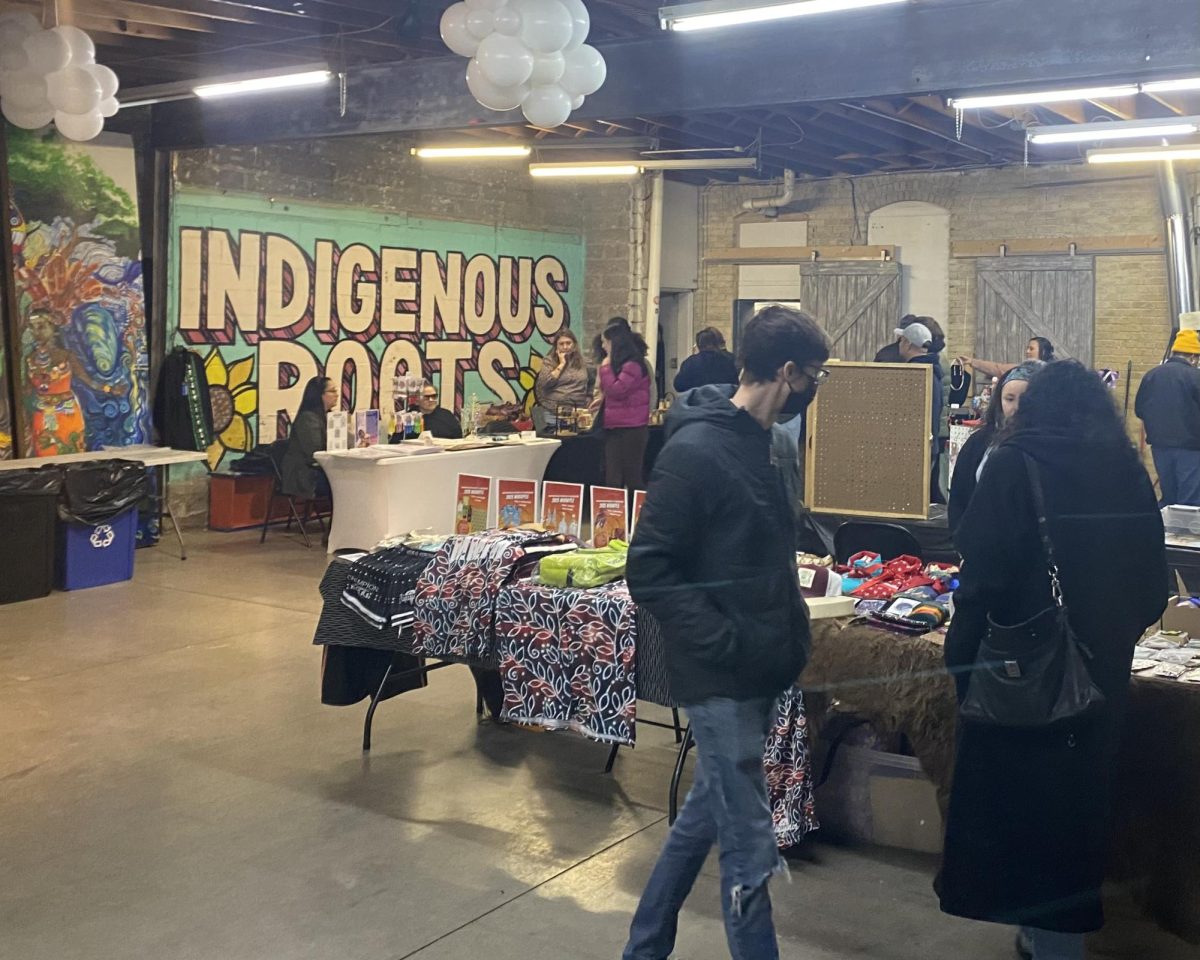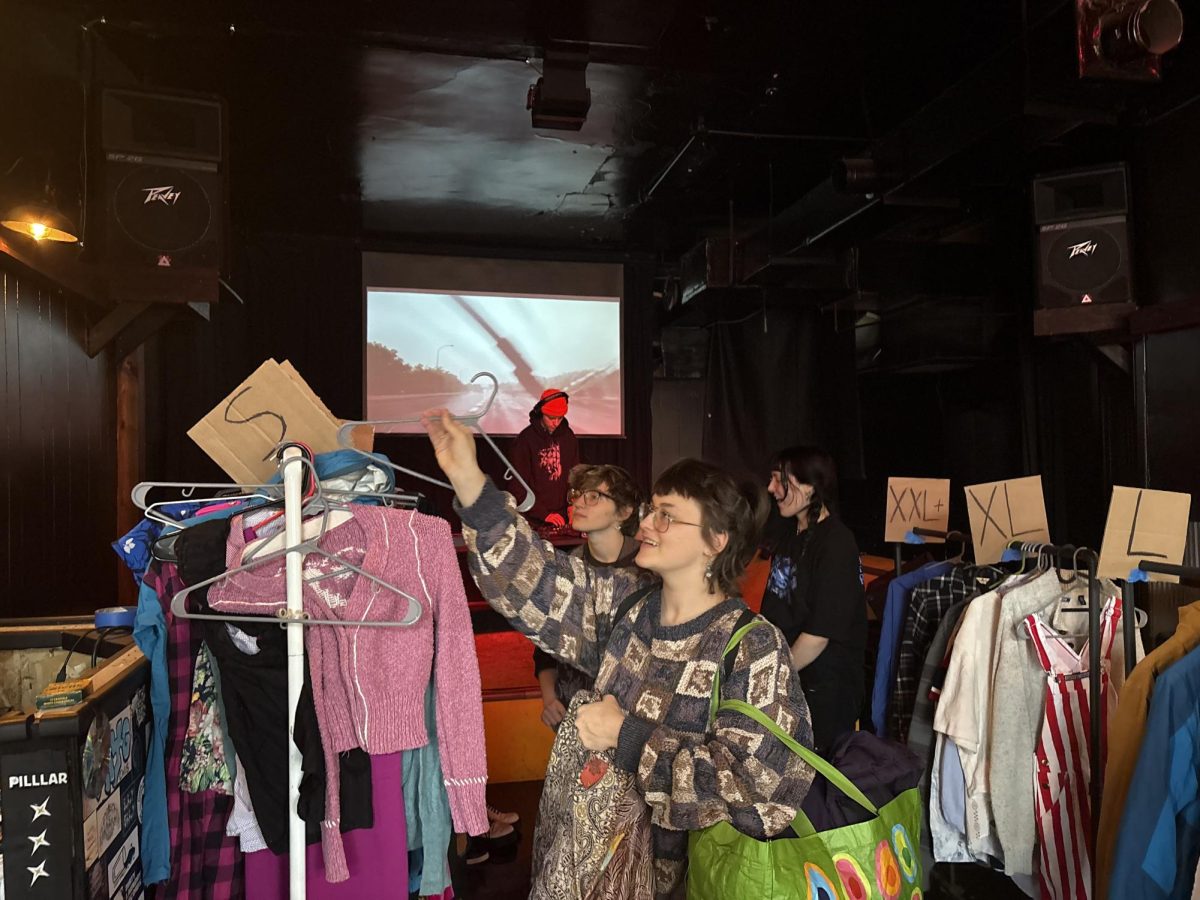Lynn Fellman’s presence at the American Society of Human Genetics conference in San Diego last October was unusual. She isn’t a scientist, and she doesn’t work for a science journal. She didn’t even go to college for anything science related.
She is an artist. And it was the first time an artist has ever exhibited at the genetic conference.
WHEN: Through Feb. 24, Monday and Wednesday through Saturday, 8 a.m. to 9 p.m., Tuesday and Sunday, 8 a.m. to 2 p.m.
WHERE: The Women’s Club, 410 Oak Grove St., Minneapolis
TICKETS: Free
There, she had the opportunity to show off her latest work, The DNA Project, to sell forms of her genetic art to scientists – scarves and ties featuring the double helix – and to chat with the scientists whose work she reads in numerous scientific journals.
In Fellman’s world, science and art come together to communicate relatively complicated scientific ideas to the general public, a public that might not be interested with genetics as an abstract concept, but who might be curious about how genetics relates to their own lives.
Fellman has been working on the project for more than two years, but its origins can be attributed to a life-long interest in science, started in childhood, punctuated by reading the books of famous scientists and world-renowned science journals.
Her project is based on using mitochondrial DNA to track population genetics and geographic movements of peoples over time. In her artwork, she represents the movement of an individual’s deep ancestry – 10,000 to 50,000 years ago – back to when the first anatomically modern humans left Africa and spread throughout the world.
“I love the idea that you and I have this African ancestor,” she said, referring to the idea that everyone in the world came from the same small part of Africa, and that the movements of these people can be tracked through the mutations in the DNA of their descendents.
She does all of this with the help of the Genographic Project, a project aiming to trace the path of these ancestors out of Africa using the changes in mitochondrial DNA.
Fellman uses the information she receives from an individual’s DNA to make artistic representations of adenine, cytosine, guanine and thymine, the nucleotide subunits that make up a genetic sequence.
Her pieces are commissioned work, and so customized for a particular individual, as unique as their DNA profile. Individuals choose the background, how they want their deep ancestry to be depicted on a world map, and whether to highlight important cities in their family’s background.
Trained in art, Fellman works mostly with digital art. Up until a few years ago, she said, there was no good way to translate what she created on the computer screen to what artists would consider fine art. Now she has a state of the art printer which prints the DNA portraits she creates on high-quality paper.
Her first client was Genentech, a biotechnology company from San Francisco, which commissioned an artistic representation of DNA for their lobby.
“They love to see their ideas put into art,” she said.
Her most recent commission was for a retiring University of Minnesota geneticist who worked in the Institute of Human Genetics. He was given the portrait as a gift for his retirement.
Talking with her various clients and the scientists at the conference, she has noticed an enthusiasm about the project, and that she is not alone in her visual representations of science.
At the conference, she saw hundreds of posters made by scientists to present the big ideas behind their current research. For an hour or two a day during the conference, scientists would be available to further discuss their research for those interested. But for Fellman, it was an opportunity to see the big picture of the work of these scientists, and a potential creative outlet.
Her dream, she said, was to work closely with one or two scientists.
“The outcome would be an exhibit using educational outreach – both visual and written pieces – that would bring art and science together.”
Fellman said she wants to share these complicated scientific ideas to a general public audience about where our ancestors came from.
“We just gotta hook ’em,” she said. “Tell them what’s exciting and what’s different.”
Her artwork, currently on exhibit at the Women’s Club in Minneapolis, attempts to do just that.







